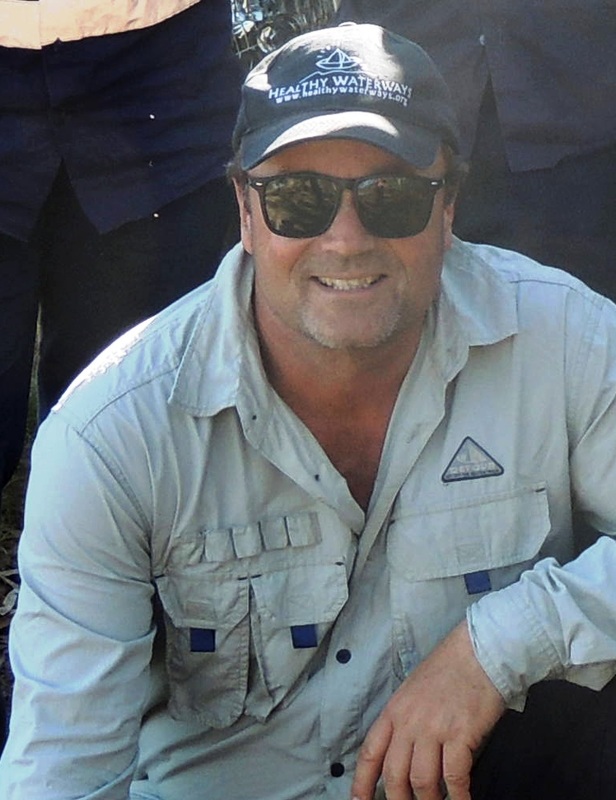A buffer zone is a designated area of land usually associated with a reserve or national park. They are established in some cases in order to protect the reserve area from negative human disturbances such as noise, pollutants and weeds. For example, designated Ramsar (protection areas for international wading bird) sites are meant to have a 100 m buffer around them (preventing any development activities which could impact on the wildlife). Unfortunately, most of the Moreton Bay area does not have designated buffer zones underpinned by environmental design. This makes any remaining areas of land between developed sites and the wetlands extremely important.
In Hays Inlet, the landward edge of the saltmarsh areas can often be associated with a natural buffer zone. Immediately adjacent to the high tide line these zones contain a mixture of terrestrial flora adapted to the conditions including Casuarina, Melaleuca and some species of Eucalypt. These areas form valuable refuges for wildlife, including koalas, as well as acting as filters reducing industrial and urban run-off to the saltmarsh and estuary areas. In places these zones can be quiet narrow and are subject to high levels of disturbance from human activities.
To maximise their functionality as a refuge for wildlife as well as a buffer for our wetlands it is important to manage these critical areas for weeds and minimise disturbance. This will reduce the potential damage caused by wildfires as well as filter any excess nutrients and pollutants directly entering the saltmarsh habitats of Hays Inlet and Moreton Bay.

 RSS Feed
RSS Feed
